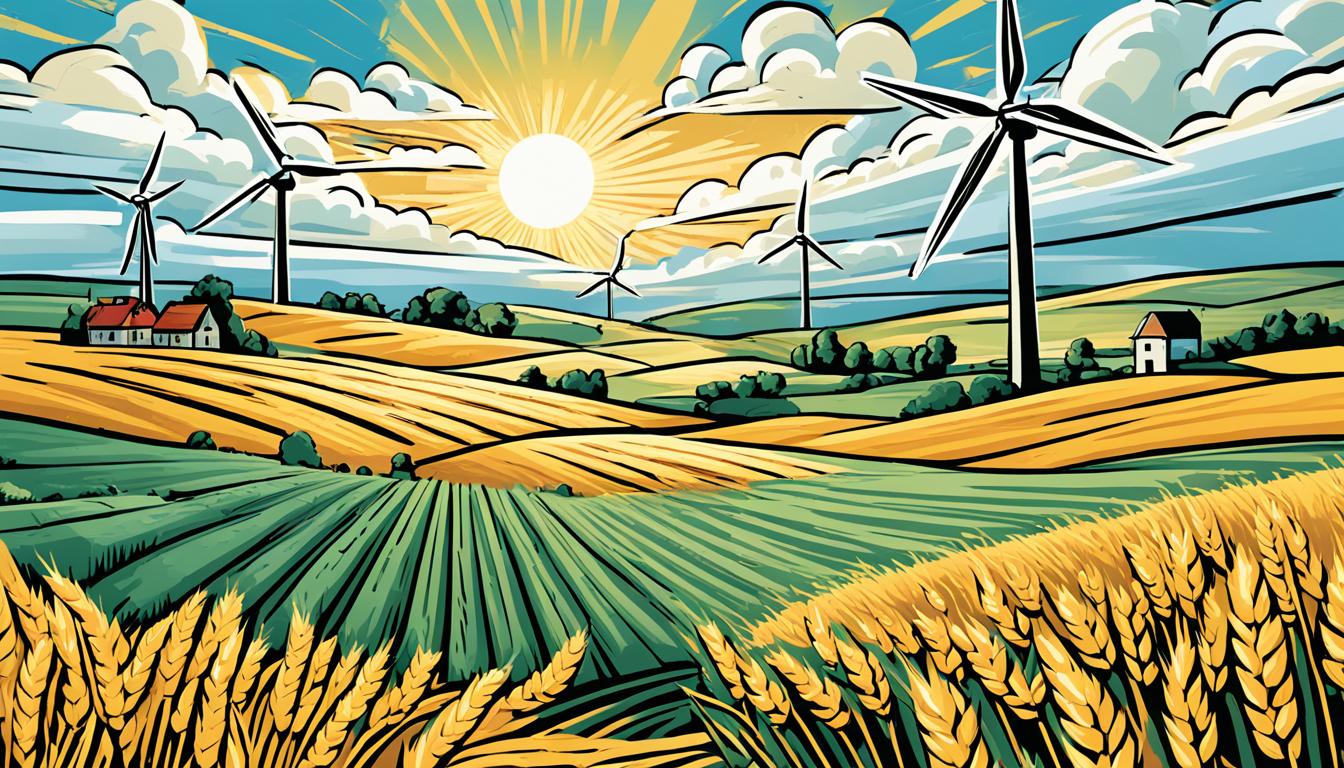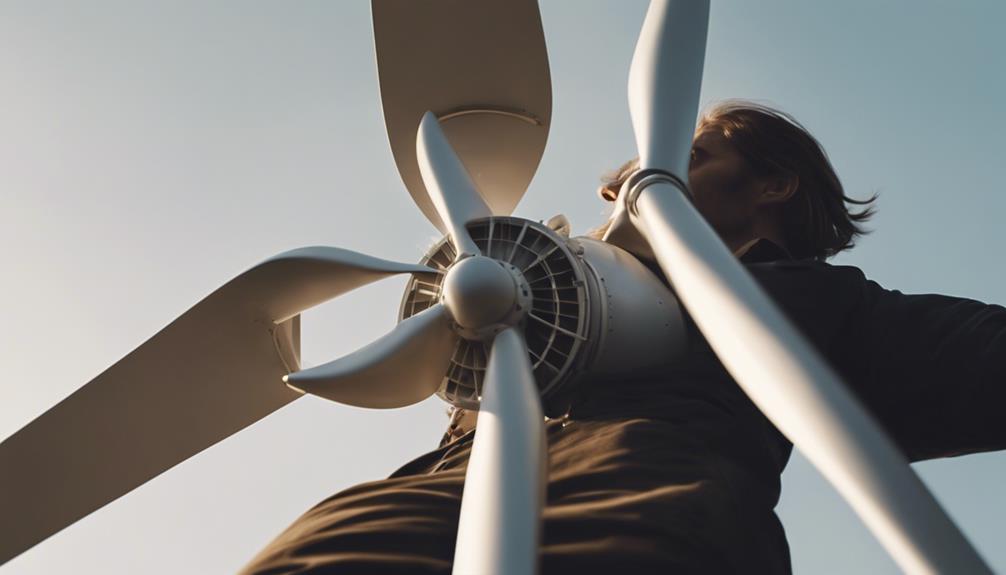Wind energy is changing how we think about power. Wind turbines are key in using this clean resource. Here are ten amazing facts about wind energy that show its history, new advancements, and benefits for the environment.
Wind Energy: A Timeless Tradition
For centuries, people have used wind energy. They used it to sail ships and grind grain. Now, it’s a big part of our green future.
The First Modern Wind Turbine
In 1887, a Scottish engineer named James Blyth made the first modern wind turbine. It was 10 meters tall with cloth sails. Blyth used it to power his house.
Towering Giants of Wind Turbines
Wind turbines have grown a lot in size and power. From the 1990s to the 2020s, their height increased from 30 meters to 90 meters. The rotor diameter grew from 30 meters to 125 meters1.
The Length of Wind Turbine Blades
Wind turbine blades are really long, about 210 feet2. This length helps them catch more wind and make more electricity.
The Environmental Benefits of Wind Power
Wind power doesn’t emit greenhouse gases or pollute the air. It lowers our need for fossil fuels. This helps fight climate change and makes the environment better3.
The Falling Cost of Wind Energy
Thanks to technology and large-scale production, wind energy costs less now. Recent prices for wind power range from 1.5 to 4 cents per kilowatt-hour2.
Wind Energy’s Global Presence
More than 100 countries use wind energy3. China and the United States produce the most wind energy in the world.
Untapped Potential of Offshore Wind Energy
Offshore wind energy has a lot of potential. It could make more electricity than the world currently uses3. It’s a chance to power coastal cities and rely less on old energy sources.
Wind Energy’s Role in Sustainability
Wind energy helps us use less fossil fuels. It supports moving to a cleaner, sustainable energy future3.
Conclusion
These facts show how wind turbines and wind energy are moving forward. With more innovation and support, wind energy can help us live in a better, greener world for all.
Key Takeaways:
- Wind turbines have gotten bigger and more powerful, which means more efficiency1.
- Wind energy is used worldwide, with more than 100 countries involved3.
- The cost of wind energy has dropped, making it cheaper and more available2.
- There’s a lot of untapped potential in offshore wind energy for green power3.
- Wind energy is important for a sustainable future, helping with climate change and environmental care3.
Wind Energy: A Timeless Tradition
Wind energy’s journey began around 200 BC in Persia and China. Here, windmills were important for grinding grains and pumping water4. This showcases wind power’s long-standing value and adaptability through time.
| Statistical Data | Reference |
|---|---|
| Wind turbine blades have an average lifespan of 20-25 years | 4 |
| Production of a single commercial wind turbine can cost upwards of $4 million | 4 |
| The alternative wind turbine blade design using thermoplastic resin composite could reduce production and maintenance costs by roughly 5% | 4 |
| Vertical axis wind turbines (VAWTs) can produce up to 10 times more power per unit area compared to horizontal turbines | 4 |
“For centuries, windmills have played a crucial role in our society. They use wind power to grind grains and pump water.”4
Early windmills started the wind energy tradition we know today. They have evolved into the modern wind turbines that supply power to our cities and countryside.
- SeaTwirl’s offshore vertical wind turbines feature an innovative mooring system for deep water anchoring4.
- Research from the Wake Modelling study by the University of Manchester suggests that farms of Vertical Axis Wind Turbines (VAWTs) are more efficient and recover quicker than traditional wind farms4.
- Slimmer VAWT rotors could boost offshore wind farms’ energy production, possibly setting a new industry standard4.
- Innovative designs like the Aeromine bladeless wind turbines achieve a peak efficiency of about 18%, around 1/3 of the efficiency limit for standard turbines4.
References
- 4 Statistical data extracted from source.
The First Modern Wind Turbine
Wind energy has been used for thousands of years, with early examples from 5,000 BC in the Nile, China in 200 BC for water pumps, and the Middle East by the 11th century for food production5.
In the 1850s, the first commercially successful windmill, the Halladay Windmill, was patented in the US. This helped wind power grow5. But, the leap to modern wind turbines began in the 1940s in Vermont, USA. This event was crucial for today’s wind energy boom6.
The modern wind turbine stands as a beacon of clean energy. It merges smart design with nature’s force to make electricity. The first step was in the UK in 1887 and then the US in 1888 for electric lights5.
Wind energy has boomed lately. The first offshore wind farm in Denmark in 1991 had 11 turbines. Now, wind farms worldwide provide power for many households and help cut down on fossil fuels5. Wind power is helping reduce greenhouse gases significantly. China is now leading in wind energy production7.
The UK is aiming high for wind energy’s future. They want 50 GW of offshore wind power by 2030. This goal shows wind power’s vital role in a greener, more sustainable future5.
Towering Giants of Wind Turbines
Modern wind turbines stand taller than 328 feet. This height matches the Statue of Liberty8. Placed at such elevations, these giants capture stronger winds, boosting energy output and efficiency.
The placement of wind turbines is key to better energy production. At higher spots, they access steadier and stronger winds. The taller the turbine, the more wind power it can use8.
Wind energy plays a big part in our global electricity supply. It makes up about 7.33% of electricity generation worldwide8. Over 700 million homes now rely on wind energy8.
| Statistical Data |
|---|
| Anthony Hall/AFP/Getty Images |
With more countries using wind energy, its use might reach over 7,000 terawatt-hours by 2030. That could be 17% of all electricity globally8. One standout, the Goldwind GWH252-16MW turbine, set a record by generating 384.1 megawatt hours in a day8. Its 252-meter diameter highlights the large scale of today’s wind turbines8.
The wind energy sector also brings many jobs. Over a million people worldwide have found work in this field8. Wind farms are now a critical energy source in several countries, such as China, the United States, Germany, Denmark, and Spain8.
The Length of Wind Turbine Blades
Wind turbine blades are key to turning wind into electricity. Their length is vital for catching as much wind as possible. A report9 shows land-based turbines’ average height has grown 73% since 1998–1999, reaching 98 meters (~322 feet) in 2022. Offshore wind turbines’ height is also increasing, from 100 meters (330 feet) in 2016 to an expected 150 meters (500 feet) by 2035.
Data from the same source9 highlights the growth of rotor diameters in the U.S. The average rotor diameter was over 130 meters (~430 feet) in 2022, up from 115 meters (~380 feet) in 2010. Thanks to larger rotors, wind turbines can now catch more wind and produce more power, seeing a 645% increase in rotor swept areas since the late 90s.
A single wind turbine blade can be as long as 90 meters. That’s almost as long as two Olympic-sized pools put together. These large blades are vital for tapping into wind power efficiently by increasing the area exposed to wind.
Transporting these massive blades is no easy feat. Companies like Keystone Power Systems and GE Renewables are working on lighter, more flexible designs to make transport easier. Still, moving them involves detailed planning and permits due to their huge size, according to the U.S. Department of Energy (DOO) and data from10.
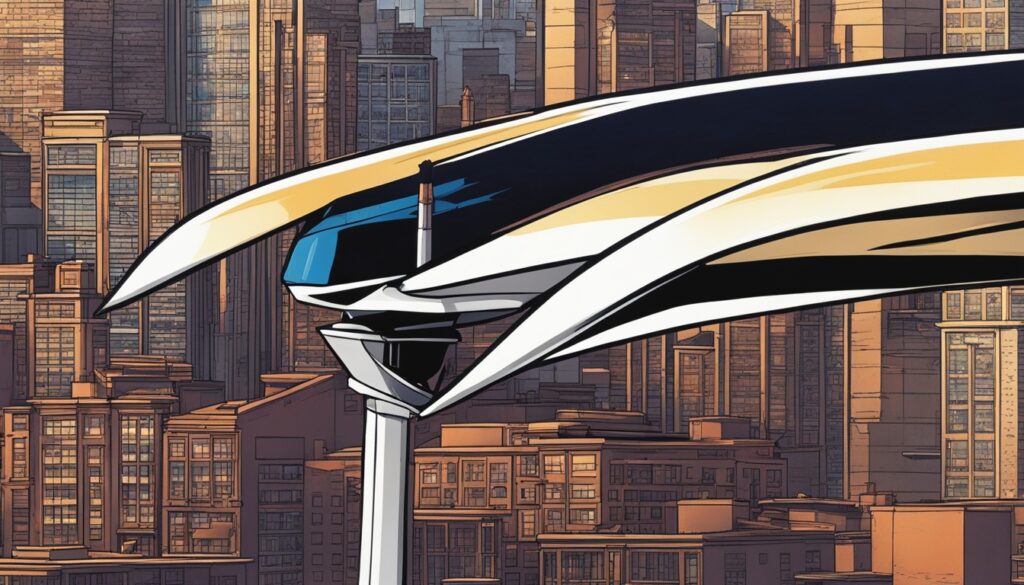
Improving wind turbine blades is an ongoing process aimed at better wind energy capture. As technology advances, both rotor diameters and hub heights are pushing boundaries. This makes converting wind into electricity more efficient, helping renewable energy grow.
The Environmental Benefits of Wind Power
Wind energy is a clean, sustainable power source. It doesn’t create greenhouse gases or pollutants. This helps fight climate change and keeps our planet healthy.
Wind turbines have very low emissions, between 0.02 and 0.04 pounds of CO2 per kilowatt-hour. This is much less than natural gas and coal emissions. Such data11 shows wind power’s advantage in reducing global warming.
Wind energy reduces air pollution too. Fossil fuels, when burned for electricity, release harmful pollutants. Wind power, however, has no such emissions, which means cleaner air and better health for us.
Wind power cuts down 336 million metric tons of carbon emissions in the U.S. every year12. This helps in fighting climate change by reducing greenhouse gases in our atmosphere.
Wind projects bring in about $2 billion annually in taxes and land-lease payments12. This money supports communities by funding schools, healthcare, and roads.
Wind energy is renewable and will never run out, unlike fossil fuels. New technologies and research are making wind turbines even more wildlife-friendly. This ensures that clean energy and nature can thrive together12.
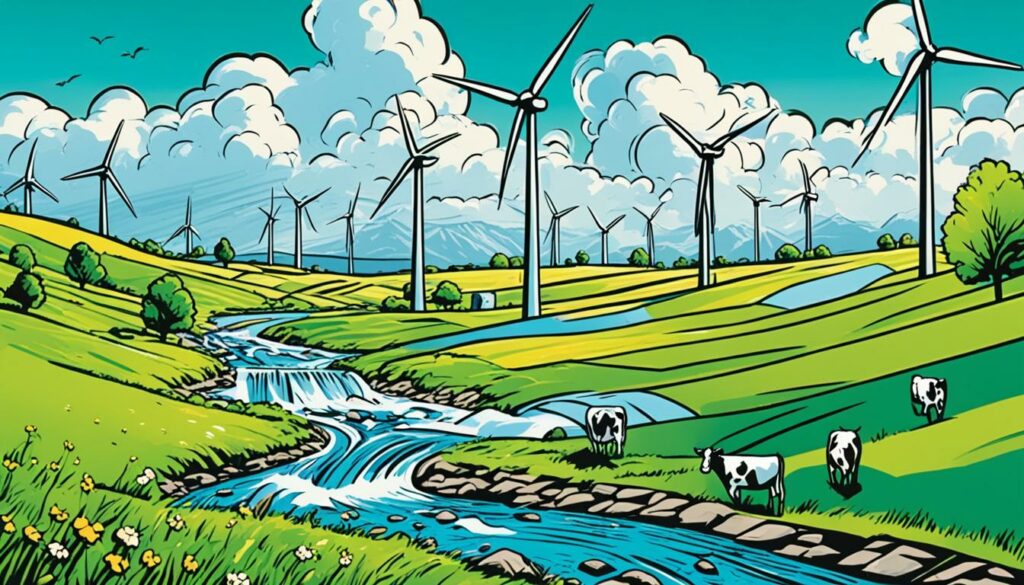
Wind power stands out for its low impact on the environment. It is key to a sustainable future. Using wind energy, we can make our world cleaner and healthier for everyone.
The Falling Cost of Wind Energy
Technology has greatly decreased the cost of wind energy. Innovations in wind turbines have led to big cost cuts13. From 2008 to 2020, the price of land-based wind turbines dropped by 50%. By 2022, they cost about $850 to $950 per kilowatt13. This made wind energy more affordable for people and businesses.
The cost to set up land-based wind energy has gone down too13. It dropped 40% since 2009, stabilizing at $1,200 to $1,800 per kilowatt (kW)13. Offshore wind setups cost about $3,500 to $4,000 per kW13. These lower costs have made wind power more attractive.
Distributed wind energy, which is smaller scale, has also seen cost reductions13. Small systems cost about $7,850 per kW. Larger ones are around $4,050 per kW13. This makes wind a great option for both homes and businesses.
The cost of running wind farms has decreased as well13. In 2021, the yearly cost was over $40 per kW13. These lower operational costs add to wind energy’s financial appeal.
The levelized cost of wind energy has dropped too13. In 2022, it was $39 per megawatt-hour, with a range of $30 to $57/MWh13. This makes wind power more competitive against traditional energy sources.
Wind power agreements have become more affordable13. In 2019, wind power was among the cheapest new electricity sources. PPAs were below 2 cents per kilowatt-hour13. This benefits both consumers and utilities.
Wind energy can be sold at fixed prices for up to 20 years13. This helps with financial planning and managing risks.
As technology improves, wind turbines for homes and businesses have gotten cheaper13. Residential turbines cost about $235/MWh, and commercial ones around $163/MWh13. This makes them appealing to many buyers.
Recent Trends and Future Outlook
The price of wind energy keeps going down14. Experts expect more reductions as technology gets better. By 2050, prices could drop by 54% to 64%14. This shows the bright future of wind power.
Onshore turbines are expected to get bigger, reaching 5.5 MW by 203514. Offshore turbines will grow too, expected to hit 17 MW14. Larger turbines mean more power and efficiency.
Floating offshore wind is a new development area14. It could take up to 25% of new offshore projects by 203514. This technology lets turbines operate in deeper waters, expanding wind energy’s reach.
Future cost reductions in wind energy are happening faster than expected14. This reminds industry experts to stay current with trends and costs.
Forecasting future costs involves uncertainties14. Accurate modeling and decision-making are crucial for realistic planning and strategies.
A detailed study by Berkeley Lab and others shows the complexities of analyzing wind energy costs14. The joint effort helps provide reliable future cost predictions.
| Land-based Wind Turbines Cost | Capital Expenditures (kW) | Levelized Energy Cost (MWh) |
|---|---|---|
| $850 to $950 | $1,200 to $1,800 | $30 to $57 |
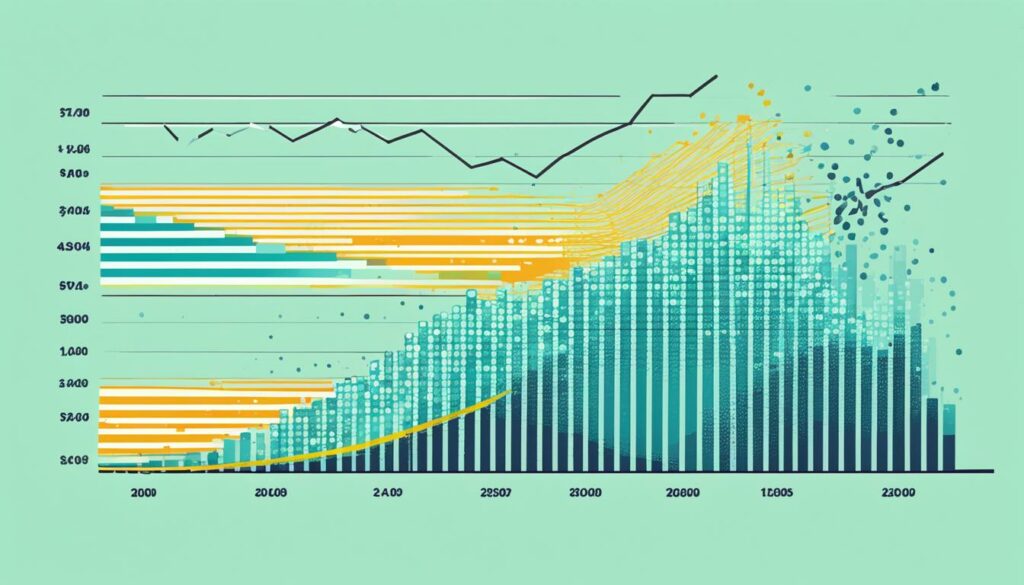
Wind Energy’s Global Presence
Wind energy is now a big deal in over 100 countries. This clean energy source has grown a lot in a short time. China, the United States, and India are leading the charge in wind power.
In 2020, China and the United States made up 79% of the world’s wind energy capacity. They both saw their wind power double in just one year15. China is at the forefront, making more than a third of the world’s wind energy in 202015. The Gansu Wind Farm in China is huge, with a 20GW capacity and 7,000 turbines15. In the USA, plans are in place to build 30 GW of offshore wind power by 203015. Texas is a big player in the U.S. for wind energy16.
India is quickly becoming important in the wind energy market15. It’s boosting its wind power production and adding a lot to global capacity. This move towards wind power is making a big difference in clean energy.
Together, China, the United States, and India are making huge strides in wind energy. Their efforts are key to a cleaner, greener future for the world.

Untapped Potential of Offshore Wind Energy
Offshore wind energy has a huge untapped capacity for making electricity. Since less than 10% of the U.S. land is coastal but hosts about 40% of the population17, offshore wind farms are a great answer for the high energy needs in these areas.
Finding places for offshore wind energy is key and takes over a year to do right17. This careful step makes sure sites can use the strong offshore winds well and keep nature safe.
Once a company gets a wind energy lease, they have four and a half years to study the site deeply17. They look at the wind, environment, and tech needs before asking to start building.
Before building a wind project, there’s a big focus on environmental and technical checks17. This two-year period also includes hearing people’s thoughts to protect wildlife and follow science.
To get offshore wind power to land, there are special cables in leases17. These cables are checked carefully through reviews and permits, allowing the public to share their views.
Making offshore wind power responsibly means looking out for animals and nature, watching effects, and talking with experts17. This approach helps wind farms work well with the environment, balancing concerns with clean energy’s benefits.
Developing offshore wind can help in many ways, like offering good jobs and fighting climate change17. Putting money into this clean energy can lead to less pollution and a better future for everyone.
Wind Energy’s Role in Sustainability
Wind energy is key to a sustainable future. It lowers our need for fossil fuels and helps fight climate change. This wind energy sustainability leads to a cleaner, greener tomorrow.
By 2030, wind energy could employ 4 million people, says the Global Wind Energy Council18. That’s a big jump from 1.2 million in 2018.
China is the top producer of wind energy, making up 37% of the world’s capacity18. The U.S., Germany, India, and Spain also play major roles. Together, they make a huge dent in the use of fossil fuels.
Adding a new wind turbine creates about EUR 10 million in economic activity18. This boost, along with its green benefits, shows how vital wind energy is for our planet.
China’s Gansu wind farm is the largest on earth, aiming for 20 GW of capacity18. The Walney Extension offshore wind farm can supply electricity to 590,000 homes18. Such huge projects show wind power’s role in cutting fossil fuel use.
The Haliade-X is the biggest wind turbine, standing 260 meters tall. It can light up 16,000 households18. This is a leap forward in wind technology, making wind energy more reliable.
The world saw its first automatic wind turbine in 1888. It worked for 20 years with 144 cedar blades, producing 12 kW of power18. This invention was the start of wind energy’s long journey to where it is today.
Wind energy isn’t just clean power; it’s also about economic gains and jobs. As it grows worldwide, it can greatly cut down carbon emissions. It’s essential for combating climate change and achieving wind energy sustainability.
Conclusion
Wind energy merges history, innovation, and a drive for sustainability. It leads the charge in the renewable energy revolution. Wind power firms, both in India and globally, are vital for a sustainable tomorrow. They have set high goals and are dedicated to green energy. This makes wind energy key to reaching worldwide renewable energy aims.
The wind energy sector is expected to grow in the next decade. Wind energy is mostly found in the US and Europe right now. But, China and India are catching up fast19. China is at the top in wind energy, making up more than a quarter of the world’s wind power19. In the US, wind turbines work in every state. They made up over 9% of the nation’s electricity in 202120. Wind energy was the second-biggest source of new US electric-generating capacity in 202120. The total US wind capacity hit 135,886 MW that year20.
Wind energy has many pros like cutting emissions and creating jobs. But, there are challenges too. Changing to wind or solar in the US could need much more land than thought before21. Big wind farms might also make the US warmer by 0.24 degrees Celsius21. Plus, wind power density was lower than what top energy experts had guessed21. The climate impact of wind power could be bigger than the benefit of less emissions during its first 100 years21.
Wind energy is filled with promise for a green tomorrow. It’s an important part of the world’s renewable energy efforts. With ongoing progress and funding, wind energy can achieve our green energy goals. It can help build a more sustainable planet for all of us.
